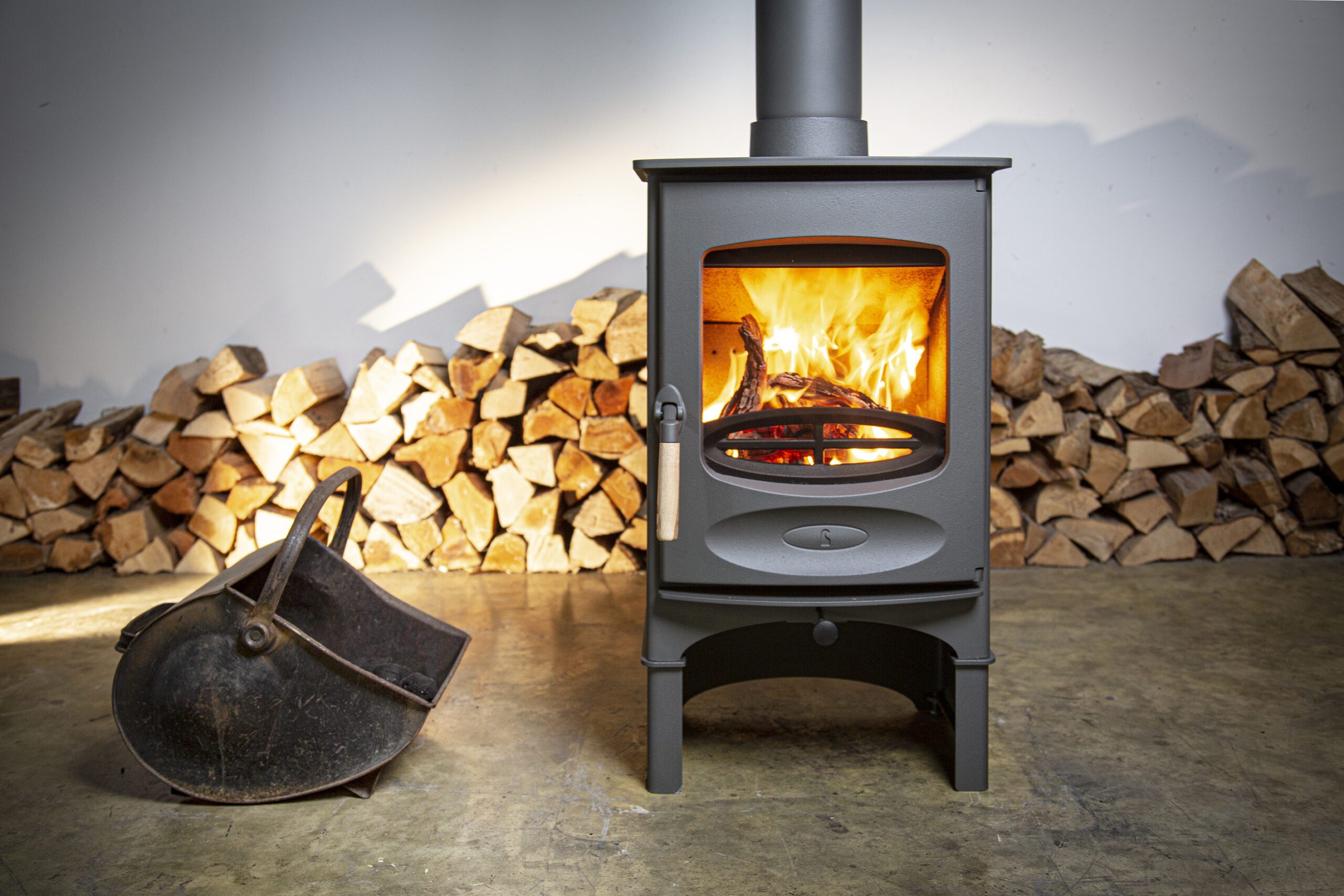When it comes to heating our homes, firewood is a popular choice. However, using wet or improperly seasoned firewood can lead to reduced efficiency, increased smoke and even potential chimney fires. This article will guide you through the process of checking firewood moisture content, understanding the ideal moisture levels, and recognising the importance of properly seasoned firewood for optimal burning.
Checking Firewood Moisture Content
What should the moisture level of logs be?
To achieve efficient and clean burning, firewood should be properly seasoned to reach an ideal moisture level. The optimal moisture content for firewood is generally considered to be around 15-20%. Anything above 20% is considered wet, while below 15% is considered overly dry.
How do you know if firewood is dry enough?
There are a few methods you can use to check how moist your firewood is.
Visual Inspection
Inspect the firewood for visible signs of moisture such as bark that is still attached, discolouration of the log, or a dull appearance. Wet wood tends to be heavier (because of the weight of the water) and may show signs of mould or fungi growth.
Sound Test
Tap two pieces of firewood together. If they produce a dull thud or a heavy sound, it indicates higher moisture content. Dry firewood will sound hollow and produce a sharper noise.
Moisture Meter
Investing in a moisture meter is an excellent way to accurately measure the moisture content of firewood. These devices use metal prongs to penetrate the wood and provide a digital readout of the moisture percentage. Because they provide a specific number, moisture meters are the most accurate method of determining firewood moisture content.
Why is firewood’s moisture level important?
Understanding the importance of firewood moisture levels is key to efficient and safe burning. Here are a few reasons why it matters:
Energy Efficiency
Wet firewood contains a significant amount of moisture, which requires extra energy to burn off. This energy is wasted as it is used to evaporate excess water rather than generate heat. Properly seasoned firewood with ideal moisture levels (15-20%) maximises energy efficiency.
Reduced Smoke and Pollution
Burning wet firewood produces more smoke, particulate matter and harmful pollutants. By using dry firewood, you can minimise smoke production and reduce environmental pollution.
Check out the best firewood to burn chart UK here.
Chimney Safety
Wet firewood can create excessive creosote build-up in the chimney, which increases the risk of chimney fires. Properly seasoned firewood has the right moisture content and thus reduces the likelihood of dangerous amounts of creosote building up in your chimney.
Find out our firewood storage suggestions here.
Can firewood be too dry?
While it’s essential to avoid using wet firewood, excessively dry firewood can also pose challenges. Extremely dry firewood burns quickly and can lead to an overly hot fire that may damage your fireplace or wood stove and is likely to be uncomfortable for you and your family.
The best way to check if certain firewood is too dry is with a moisture meter as it will give you an easy-to-read percentage – anything less than 15% is too dry. In the rare event that your wood is too dry, mix it in with regular firewood to help raise the moisture content.
Find out everything you need to know about firewood here.
Why Choose Us?
Charnwood has been committed to providing quality wood-burning stoves since 1972 and we know all there is to know about wood burners, and how to get the most out of the wood you burn. If you have any questions about heating your home with a wood-burning stove, please get in touch.

